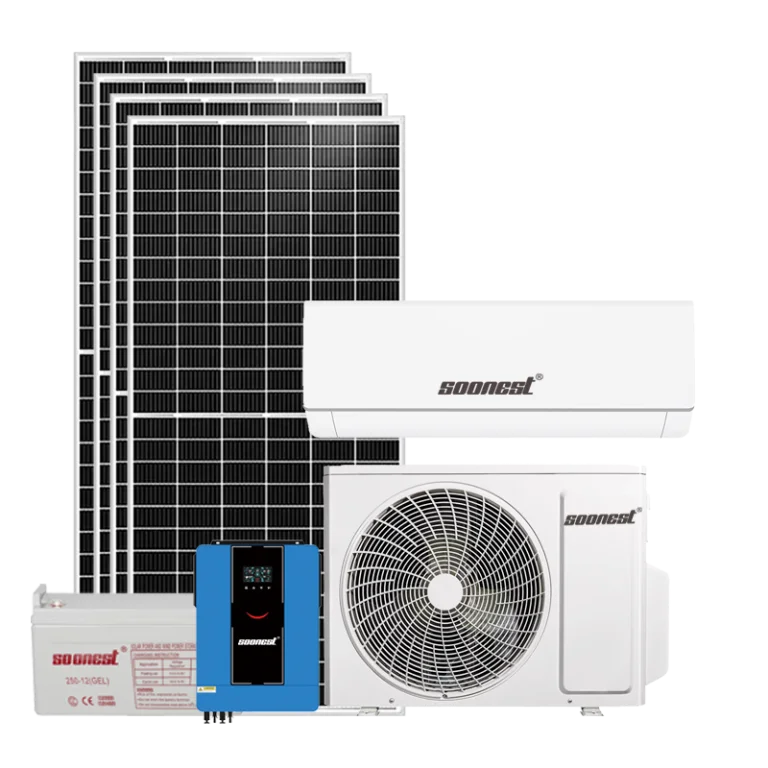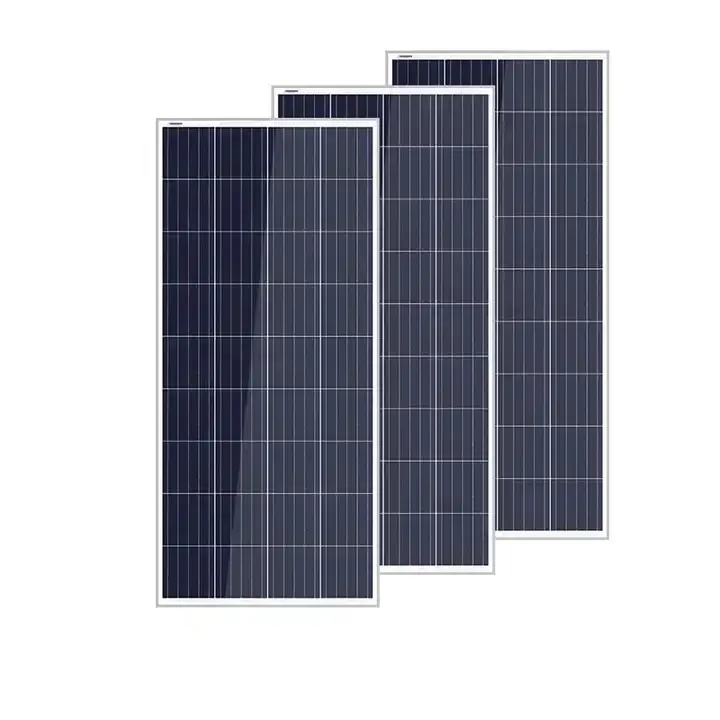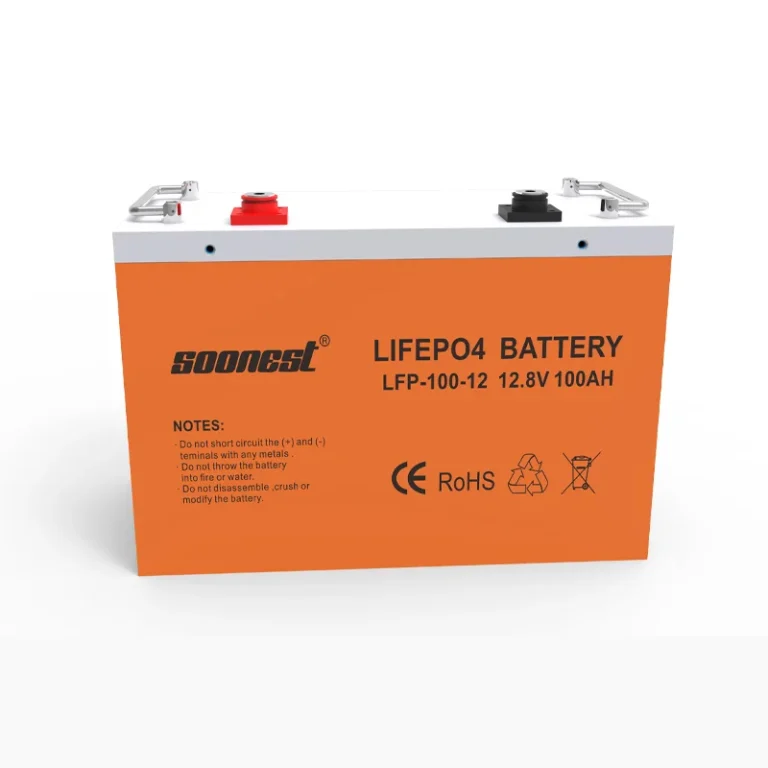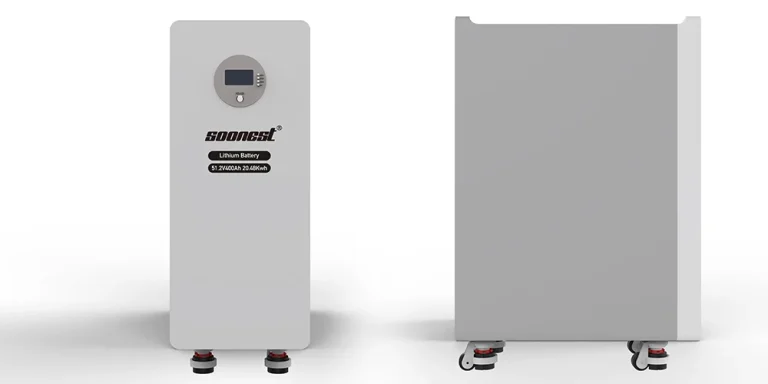Charging lithium batteries with solar power requires more than just connecting panels to a battery—it demands precision, safety, and smart management. Unlike traditional lead-acid batteries, lithium-ion (especially LiFePO4) batteries are highly sensitive to voltage fluctuations, overcharging, and extreme temperatures. A solar charge controller acts as the essential “brain” of the system, ensuring efficient power flow while preventing damage and hazards like overheating or cell imbalance.
The SOONEST Lithium series exemplifies the benefits of pairing high-performance LiFePO4 batteries with intelligent charge controllers—delivering compact, long-lasting power with up to 6000+ cycles. Whether for off-grid homes, RVs, or backup systems, the right controller is non-negotiable for safety, efficiency, and longevity. This guide explores why charge controllers are indispensable and how to leverage them for optimal solar charging.
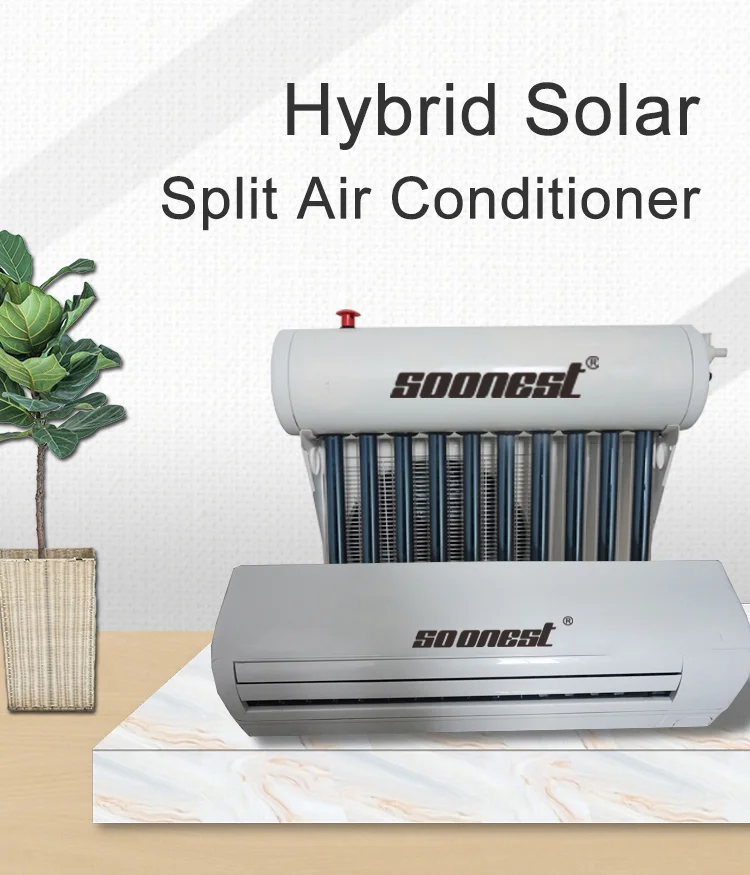
Because lithium batteries need exact charging control to work right and last for years
You can’t just plug solar panels straight into lithium batteries. These batteries, especially the LiFePO4 type, must have perfect voltage and current settings. The charge controller sits in the middle. It makes sure power flows correctly to the battery.
Old lead-acid batteries are tougher, but lithium-ion ones are picky. Too much charge? Bad. Too little? Also bad. Wrong voltage can break your battery or even cause fires. That’s why you need proper control.
Here’s another thing: Lithium batteries contain many small cells working together. These cells don’t always wear evenly. Without help, some cells would work harder than others. A good solar charge controller keeps all cells charging equally. This makes the whole battery last longer.
Because controllers stop batteries from getting too hot or overfilled
Heat is lithium’s enemy. When these batteries overcharge, they can get dangerously hot. Smart controllers know when to stop. They shut off power before things get too hot.
Battery makers build in safety features. These include overcharge protection and short-circuit prevention. But the charge controller makes these features work right in real solar systems.
How does step-by-step charging help lithium batteries work better?
Because different charging phases fill batteries properly without harm
Good controllers use three smart steps: bulk, absorption, and float. For LiFePO4 batteries in homes or RVs, this method works best. It pushes power fast at first, then slows down to top off safely.
First comes bulk charging – full power until the battery reaches target voltage. Next is absorption – holding steady voltage while reducing current. Finally, float mode gives just enough power to stay full. This keeps batteries happy for years.
Take the SOONEST 12V/24V 100AH-250AH Lithium Battery. It’s smaller than old lead batteries but works much better. With smart charging, it can last through 6000+ charge cycles!
Because wrong timing between steps ruins batteries slowly
Lithium batteries don’t get “memory” like old batteries, but bad charging still hurts them. Weak cells fill up first if not balanced. Then strong cells work overtime. This uneven wear makes the whole battery weaker faster.
A properly set controller changes steps at just the right times for LiFePO4. This keeps all cells working together smoothly for maximum life.
img.lithium batteries.webp
Why is MPPT so important for solar charging of lithium batteries?
Because MPPT grabs every possible watt, even when weather changes
MPPT controllers are like smart shoppers – they always find the best deal from sunlight. Clouds come? Shade moves? No problem. They adjust instantly to get maximum power. This means steady charging all day long.
Even small shadows can wreck solar panel output. MPPT controllers fix this by constantly finding the sweet spot for power flow. They’re perfect for systems like SOONEST Lithium that store 5kWh-25kWh. These need reliable power when the grid fails.
Because old PWM controllers waste good sunlight
PWM controllers are like broken thermostats – stuck at one setting. They work okay for small lead-acid systems but fail modern lithium batteries. Without adjusting, they miss up to 30% of available power!
In winter or off-grid setups, every watt matters. PWM controllers simply can’t keep up with changing conditions like MPPT can.
How does weather affect lithium battery charging safety?
Because lithium hates charging in extreme cold or heat
Temperature changes everything for lithium batteries. Unlike lead-acid, LiFePO4 has strict temperature rules. Too cold? Charging damages them. Too hot? They wear out fast.
Store lithium batteries half-charged in cool, dry places. Smart controllers with temperature sensors stop charging when it’s unsafe. This prevents permanent damage.
Because ignoring temperature leads to dead batteries
No temperature protection? Say goodbye to your battery’s lifespan. The battery might shut down completely to avoid fires. SOONEST’s built-in BMS watches temperature closely. It works with controllers to keep everything safe.
What makes LiFePO4 batteries perfect for solar hybrid systems?
Because they last forever, fit anywhere, and give steady power
LiFePO4 batteries beat old types in every way. The SOONEST Lithium lasts 6000+ cycles – that’s decades of daily use! They’re also half the size of lead batteries but work much better.
Their rock-steady voltage makes inverters happy. No weird power swings that crash sensitive electronics.
Because the right controller makes them unstoppable
Even the best battery needs the right partner. Look for controllers that let you set exact voltages, cold weather cutoffs, and cell balancing. SOONEST Lithium plus smart MPPT equals the ultimate solar power team.
With a 5-year warranty and advanced safety, these systems keep homes and businesses running through any power trouble.
FAQ:
Q: Will any charge controller work with LiFePO4?
A: No way! You need one made specifically for LiFePO4. It should let you adjust settings for perfect charging.
Q: Can I put this system outside?
A: Yes, but use weatherproof boxes (look for IP65 rating). Both controller and battery must have temperature protection.
Q: Why is my solar system weak on sunny days?
A: Check for shadows on panels – even small ones hurt. Also make sure your MPPT settings are correct.
Q: How often should I check my system?
A: Watch the BMS screen if you have one. Otherwise, look monthly for puffy cells or sudden power drops – signs you need cell balancing.

